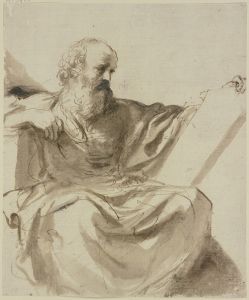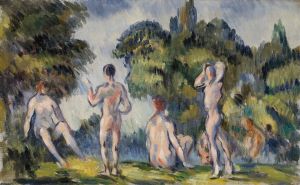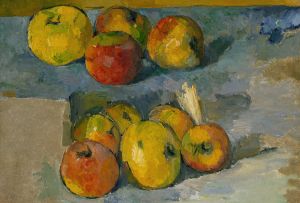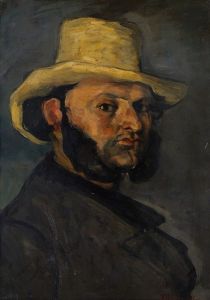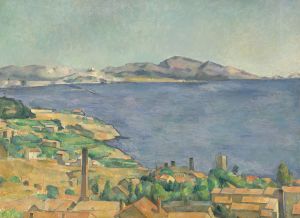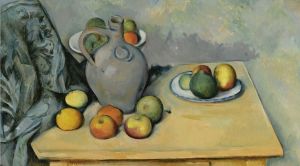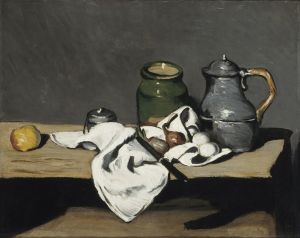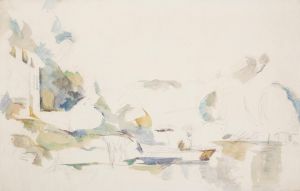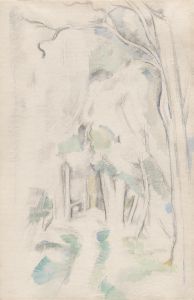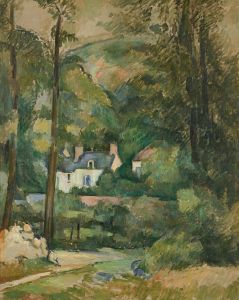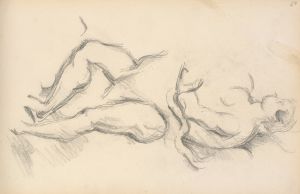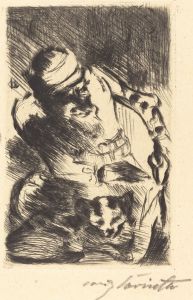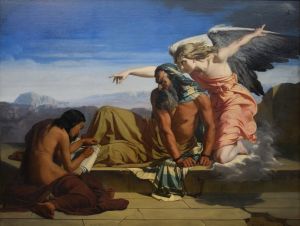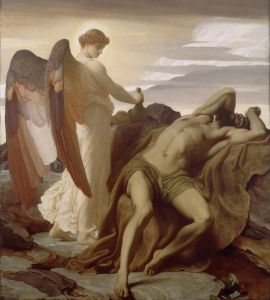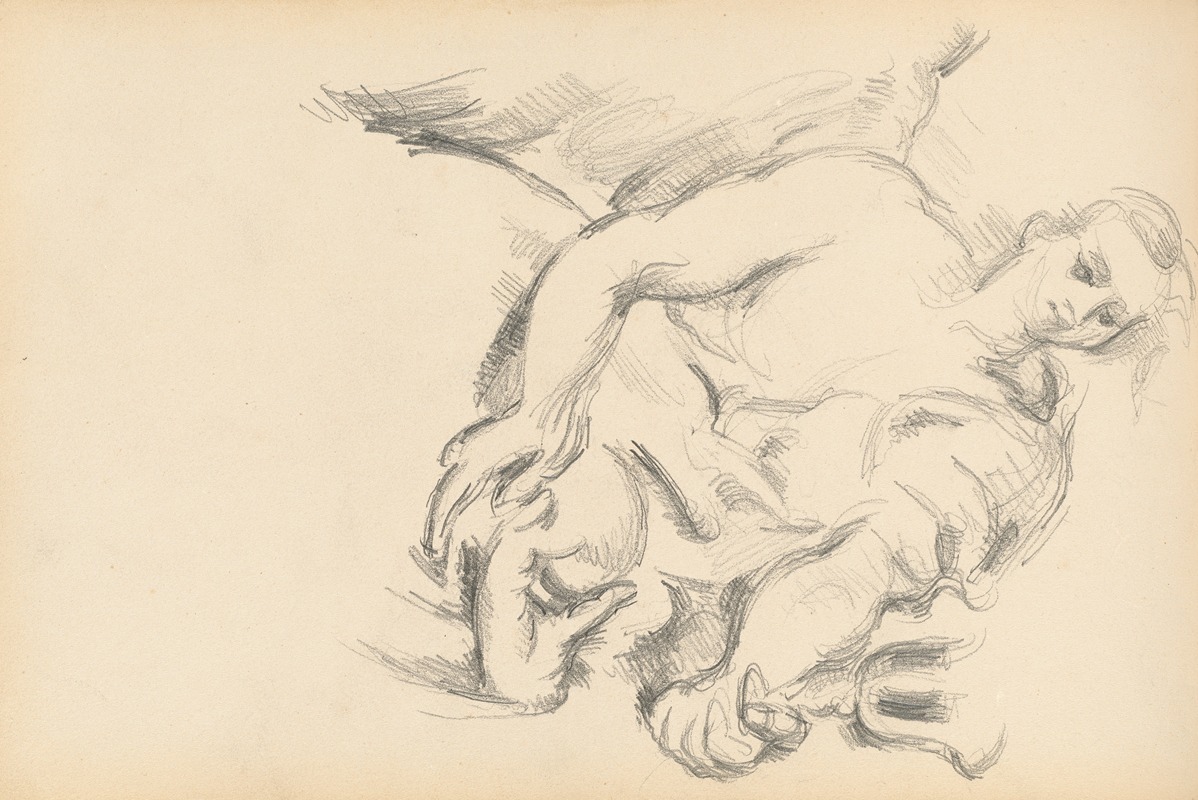
Study of an Angel in Rubens’ ‘The Prophet Elijah’
A hand-painted replica of Paul Cézanne’s masterpiece Study of an Angel in Rubens’ ‘The Prophet Elijah’, meticulously crafted by professional artists to capture the true essence of the original. Each piece is created with museum-quality canvas and rare mineral pigments, carefully painted by experienced artists with delicate brushstrokes and rich, layered colors to perfectly recreate the texture of the original artwork. Unlike machine-printed reproductions, this hand-painted version brings the painting to life, infused with the artist’s emotions and skill in every stroke. Whether for personal collection or home decoration, it instantly elevates the artistic atmosphere of any space.
Paul Cézanne's "Study of an Angel in Rubens’ ‘The Prophet Elijah’" is a fascinating example of the French artist's engagement with the works of past masters. Cézanne, known for his pivotal role in the transition from 19th-century Impressionism to 20th-century Cubism, often studied and drew inspiration from the works of earlier artists, including Peter Paul Rubens, a prominent Flemish Baroque painter.
This particular study by Cézanne is based on Rubens' painting "The Prophet Elijah," which features a dynamic composition and rich use of color, characteristic of Rubens' style. While Rubens' original work is known for its dramatic portrayal of biblical themes, Cézanne's study focuses on a specific element of the painting: an angel. By isolating this figure, Cézanne demonstrates his interest in exploring form, movement, and the interplay of light and shadow, which are hallmarks of his artistic approach.
Cézanne's study is not merely a copy of Rubens' work but rather an interpretation that reflects his unique style and artistic concerns. He was known for his methodical approach to painting, often revisiting subjects multiple times to explore different perspectives and techniques. In this study, Cézanne's brushwork and use of color may differ from Rubens', highlighting his interest in capturing the essence of the subject rather than replicating it precisely.
The study of historical artworks was a common practice among artists of Cézanne's time, serving as a means of learning and developing one's own style. Cézanne's choice to study Rubens is indicative of his admiration for the Baroque master's ability to convey emotion and movement. This engagement with Rubens' work also underscores Cézanne's broader interest in the human figure and the challenges of representing it in a way that conveys both physical presence and emotional depth.
Cézanne's "Study of an Angel in Rubens’ ‘The Prophet Elijah’" can be seen as part of his broader oeuvre, which includes numerous studies of figures, landscapes, and still lifes. His work laid the groundwork for future developments in modern art, influencing artists such as Pablo Picasso and Henri Matisse. By examining the works of past masters like Rubens, Cézanne was able to refine his techniques and contribute to the evolution of art in his own time.
While specific details about the creation and current location of Cézanne's study may not be widely documented, its existence highlights the enduring dialogue between artists across different periods. Cézanne's engagement with Rubens serves as a testament to the continuous exchange of ideas and inspiration that characterizes the history of art.





